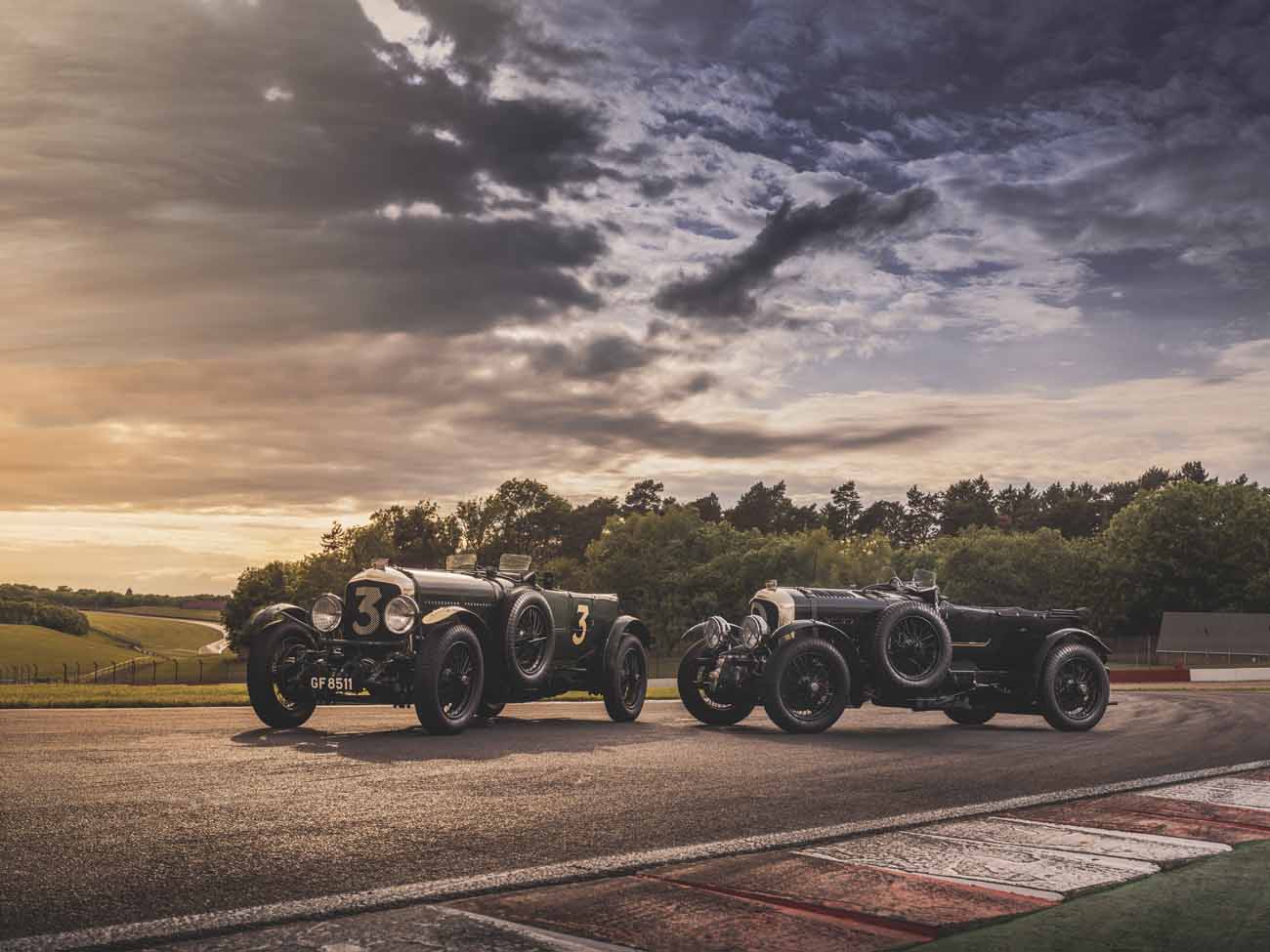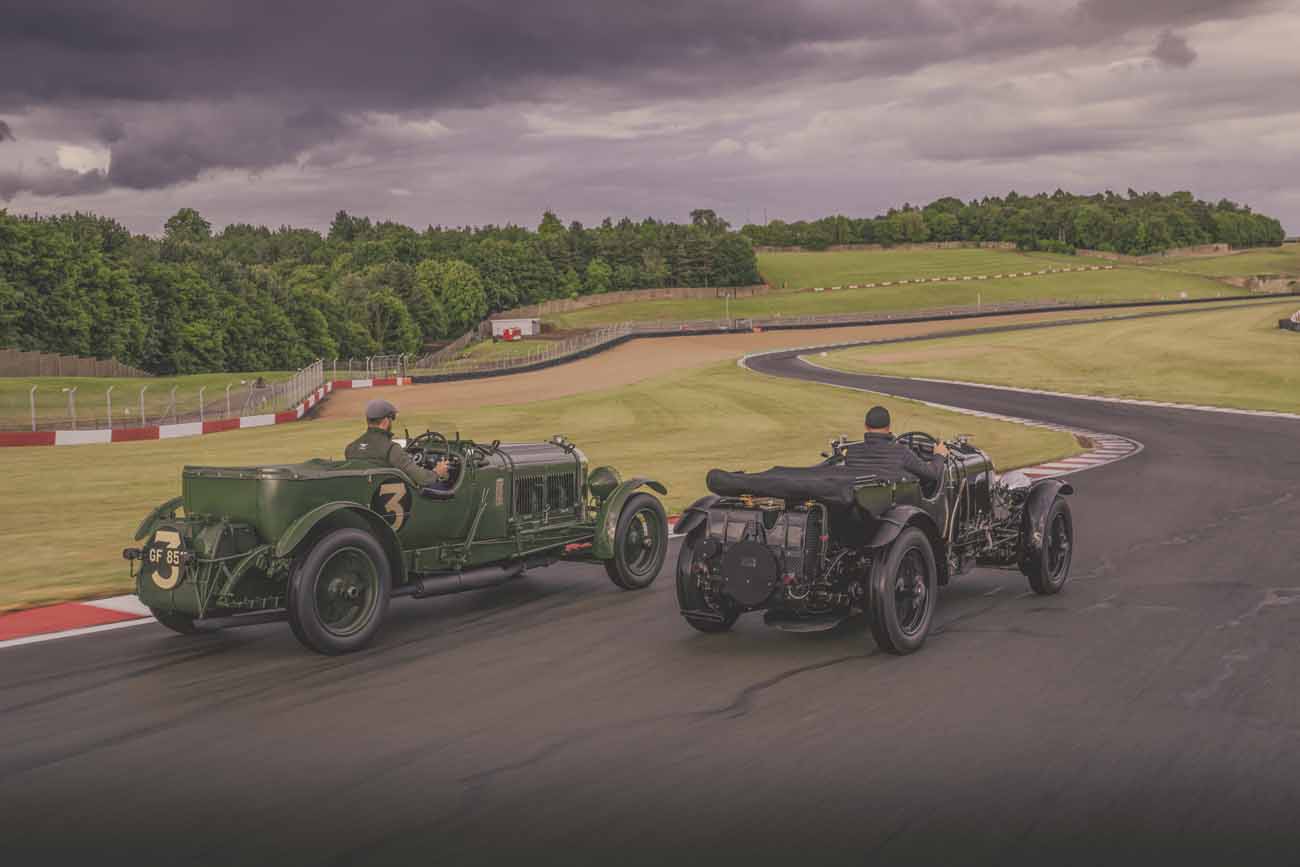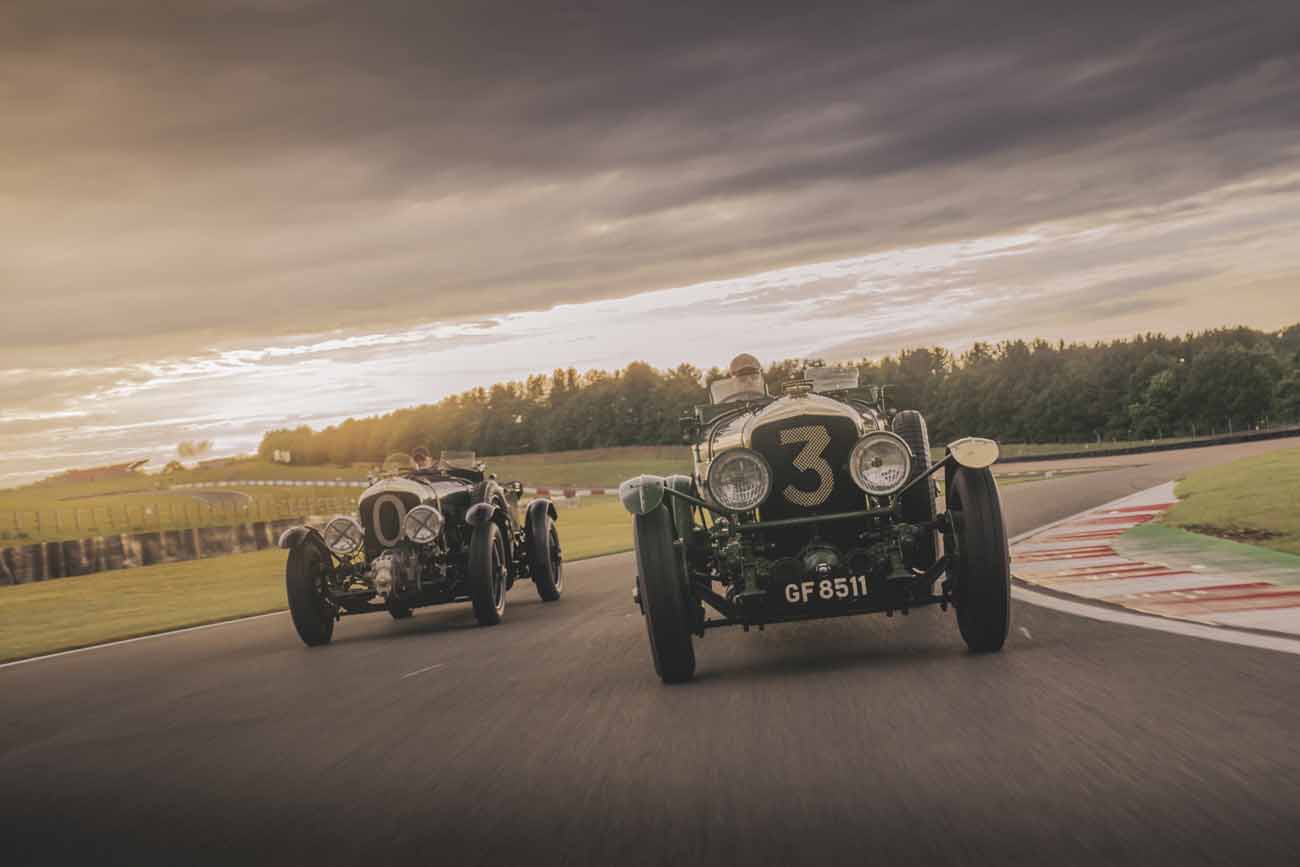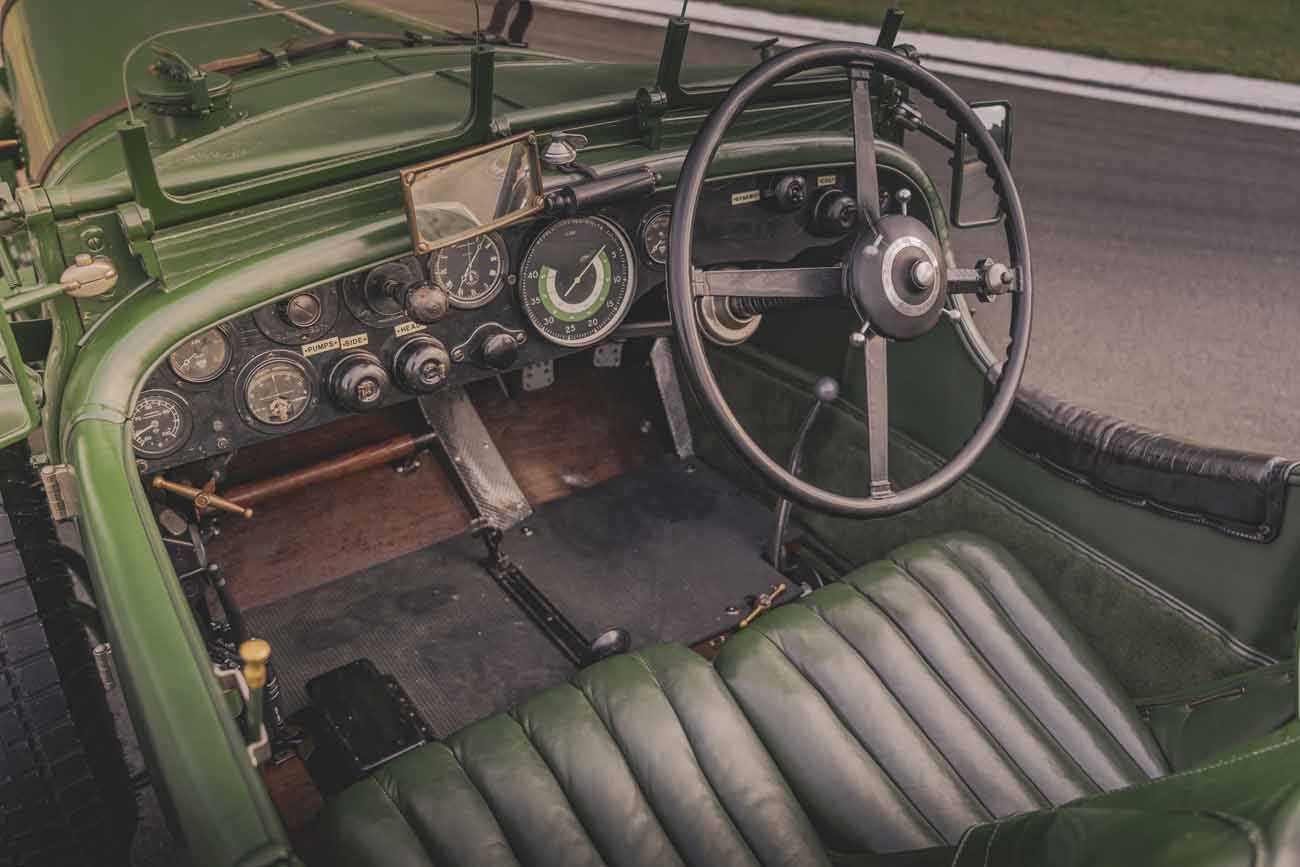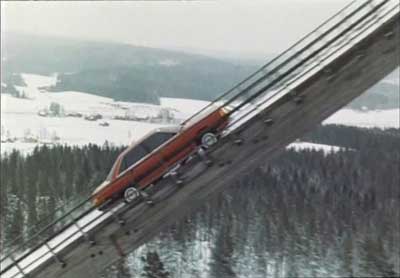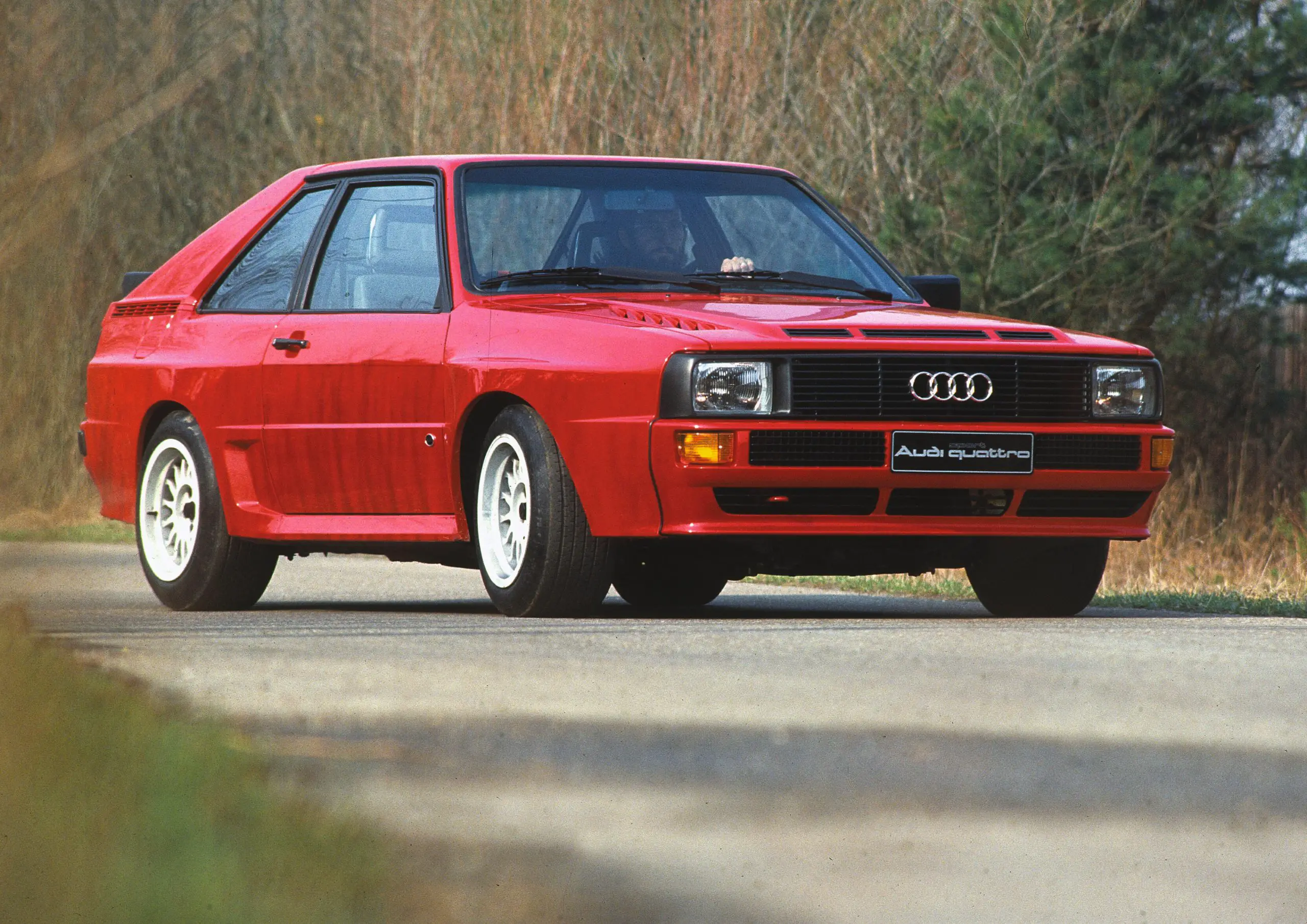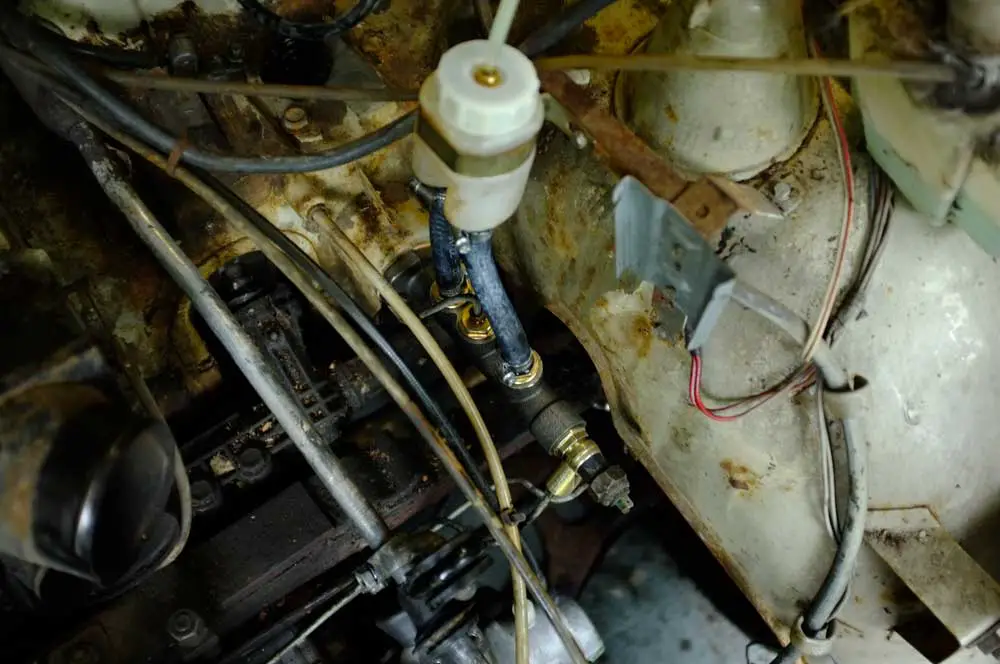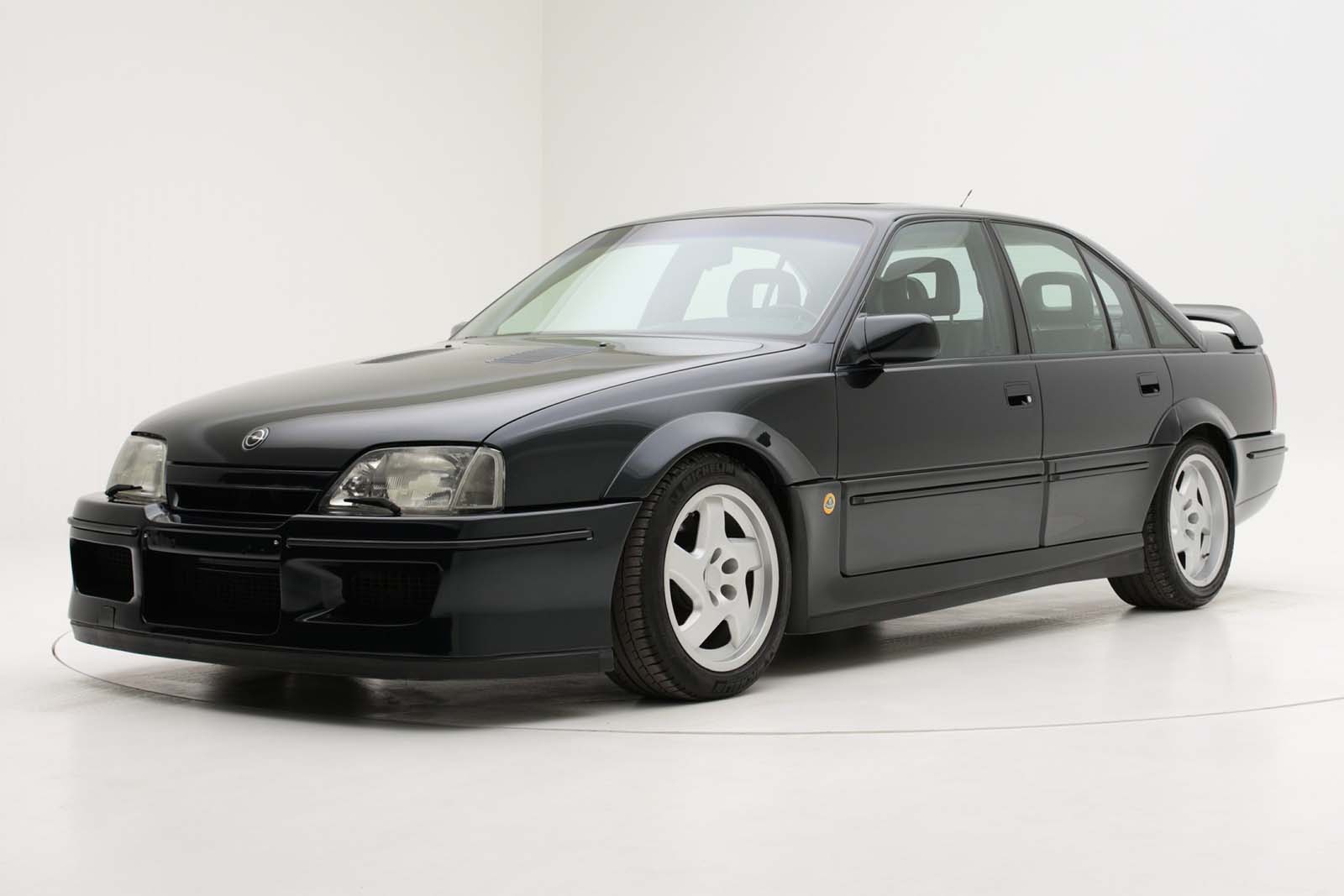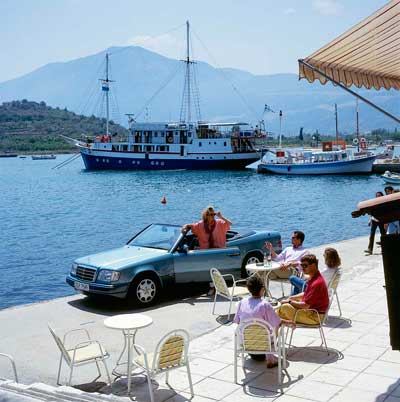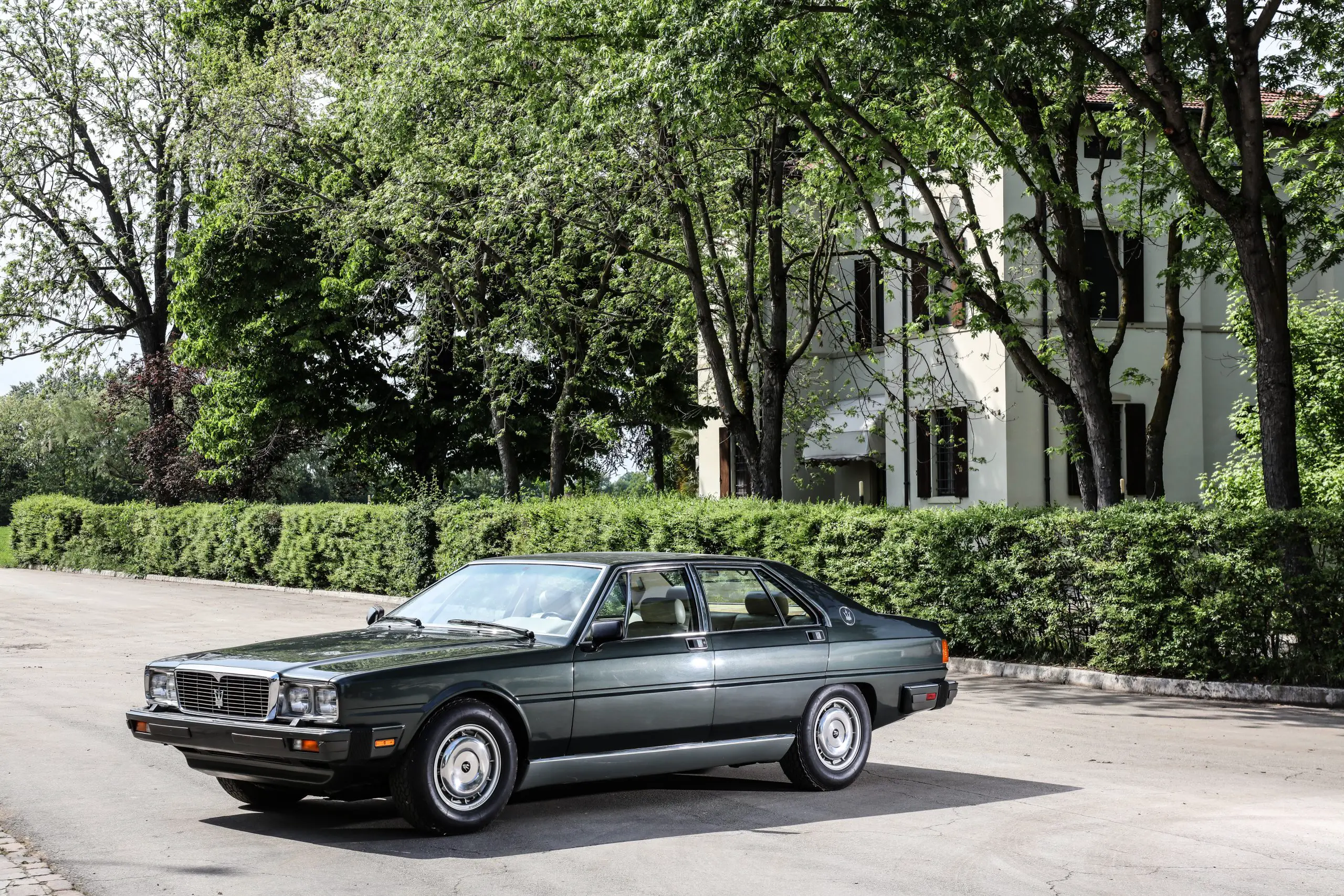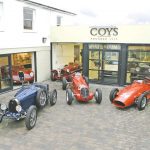
Born Again Bentley Speed Six With Identical Recreations Of 1929 & 1930 Le Mans Winners
Bentley have reborn the 1939 and 1940 Le Mans winning Speed Six as a run of 12 identical recreation continuation cars.
After the success of the Blower Continuation, it was decided to produce another pre-war classic.
Hand built by Mulliner, the oldest coachbuilder in the world, the Speed Six will allow Mulliner to further preserve its heritage skills with another new old car.
The new Speed Six has an original specification 6½ litre straight six engine with 200 bhp, which gives the car a top speed of 125 mph.
Bentley’s most successful racing car of the era was the Speed Six and has been regarded as one of the most important Bentley’s ever produced. The world beating performance was well demonstrated but it was also a highly capable grand tourer. Being fast, but also luxurious and could cover long distances at speed easily.
Mulliner’s team the produced the Blower Series, which was the world’s first pre-war continuation project, are the same team that worked on the Speed Six. Those cars were recreations of the company’s 1929 Team Car #2, which is the most valuable Bentley in the world, which raced alongside the Speed Six in period.
Bentley announced the Speed Six Continuation Series at the Goodwood Festival of Speed 2022 by Bentley’s Chairman and Chief Executive, Adrian Hallmark;
“After incredible levels of skill were acquired by the Mulliner team through the development of the Blower Continuation Series, and with the success of the cars with their customers, a chance to honour the Speed Six is a fantastic next step. It’s vital that we protect, preserve and develop not just this important part of our heritage, but also the knowledge we’ve gained through working with these classic Bentleys. The Speed Six is one of the most important Bentleys in our 103 year history, and the 12 cars of the Continuation Series will embody the same values as W.O. Bentley’s originals, crafted by hand with the same meticulous attention both to engineering quality and to fanatical attention to detail. The lucky owners will be able to race their cars around the world, and truly relive the exploits of the original Bentley Boys.”
As well as Mulliner many artisans and specialists will be enlisted to produce the parts using the same techniques as the originals in the 1920s. The integrity of authenticity is very important to the recreations.
The Bentley Speed Six
Driven by Sir Henry ‘Tim’ Birkin, Glen Kidston and Woolf Barnato, the high performance version of the Speed Six quickly became successful winning Le Mans in both 1929 and 1930 and went on to become the most successful racing Bentley of all time.
Essentially the Speed Six is an improved version of the 1926 6½ Litre Bentley. It was believed by W.O. Bentley at the time that to increase power was to increase capacity, at odds with Tim Birkin who favoured supercharging. He developed a new larger engine to succeed the 4½ Litre. The bore of 100 mm and stroke of 140 mm the new straight six had a capacity of nearly 6.6 litres. In the base configuration with its single Smiths five jet carburettor, twin magnetos and a compression ratio of 4.4:1, the 6½ Litre produced 147 bhp at 3,500 rpm. 362 examples of these were built at the Cricklewood factory in North London using a variety of difference chassis lengths depending on the customer requirements.
The chassis for the Speed Six was introduced in 1928 as a more sporting version of the 6½ Litre. With more power thanks to the twin SU carburettors, a higher compression ratio and a high-performance camshaft, the 180 bhp was really health for the day. The chassis could be had with wheelbases of 38 inches (3,505 mm), 140.5 inches (3,569 mm), and 152.5 inches (3,874 mm), the short one being the most popular. Still, only 182 Speed Six’s were built between 1928 and 1930.
The race car had a wheelbase of 11 feet, 132 in or 3,353 mm and further engine development increasing the compression ratio to 6.1:1 and produced 200 bhp. The two Le Mans wins in 1929 and 1930 gave the Speed Six its place in history. The first victory was a demonstration in dominance and set a new benchmark.
Leading from the first lap until the finish, the two drivers Woolf Barnato and Sir Henry ‘Tim’ Birkin led a procession of three other Bentleys. A new lap record of 7:21 was set by Birkin which was 46 seconds less than the previous best and he averaged 83 mph. The race distance of 2,844 km was also a new circuit record. This dominance wasn’t repeated until 30 years later.
To produce the 12 recreations, it required creating a 3D model of the original cars, working from blueprints and analysing the real thing. Bentley used two cars as references for this process.
The “Old Number 3” was the third of the three Speed Sixes that were entered into Le Mans in 1930. It had a difficult race but survived and has been preserved in superb condition ever since and is still on the road, occasionally.
Bentley’s own Speed Six, GU409 is a 1929 four seat Vanden Plas bodied car restored to the same specification as the race cars and is part of a growing heritage fleet.
GU409 will be providing all the handling and performance data which the new cars will be based on. Dyno runs to deliver power and torque curves will be done as part of this exercise. The recreations will either match or exceed the originals performance.
Later in the year the first of the new Speed Sixes will be built and will become the running test bed for the remaining cars. Bentley will keep Speed Six Car Zero and will be kept alongside the Blower Car Zero.
If you wanted one, sadly you’re out of luck. Each one has already been reserved, the price, £1.5m.

Ural Ataman Classic Car Museum – Istanbul, Turkey
This has to be one of the nicest private collections I have seen, the Ural Ataman Museum in Istanbul, turkey has not only a wide
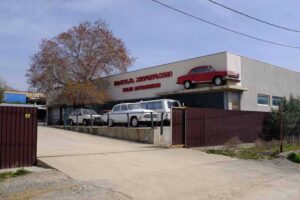
Tbilisi AutoMuseum Car Museum – Georgia
You may not have heard of this, but the small car museum in Tbilisi Georgia really has quite a lot to see. Buried in an
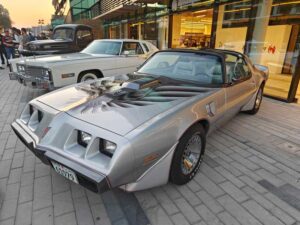
Bahrain Bike Week Classic Car Show December 2024
Bahrain Bike Week is the biggest event of its kind in the Middle East and the 2024 one was no exception. It’s not just the
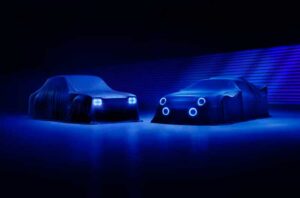
Ford Motor Company Bring Back Group 5 Mk1 Escort & Group B RS200 With The Help Of Boreham Motorworks
Ford have granted a licence to Boreham Motorworks, a division of the DVRN Automotive Group, to produce new versions of not just the Mk1 Escort

The VW Golf At 50 Years Old
Europe’s number 1 selling car the VW Golf has reached 50 years old this year, starting production on the 29th of March 1974. In
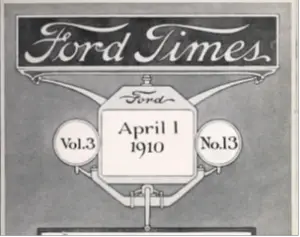
Ford’s Heritage Vault Makes The Ford Times Magazine Available To The Public
Ford’s expansion through the early 20th century was something to behold, the rapid growth of the company and the success of the Model T led
